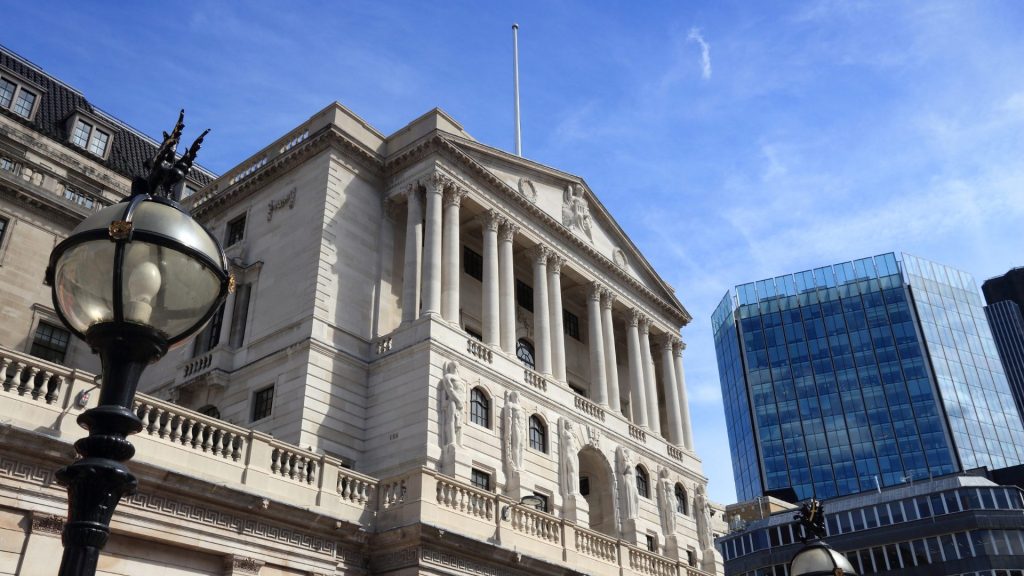Amidst the fervent discussions surrounding Canada’s housing market dynamics, Bank of Canada Governor Tiff Macklem delivered a sobering reality check today, emphasizing that while monetary policy holds weighty influence, it’s not the singular remedy for the nation’s housing affordability woes.
In his meticulously prepared remarks at the Montreal Council on Foreign Relations, Macklem underscored the multifaceted nature of Canada’s housing challenges, stressing that the intricate web of zoning restrictions, bureaucratic delays, and skilled labor shortages has contributed to a persistent shortfall in housing supply.
“None of these are things monetary policy can address,” he asserted, debunking the notion of interest rates as a magic wand for resolving housing woes.
Instead, Macklem elucidated the pivotal role of monetary policy in shaping housing demand, reminiscing about the pandemic era when rock-bottom interest rates, coupled with an insatiable thirst for more spacious abodes, fueled a frenzied surge in housing demand. Yet, as supply lagged woefully behind, Canadian house prices embarked on a vertiginous ascent, soaring by over 50% within a mere two-year span.
Even against the backdrop of the Bank’s relentless barrage of rate hikes – tallying a staggering 10 increases in just 17 months since March 2022 – the anticipated cooling effect on home prices has remained elusive, testament to the enduring supply constraints.
However, Macklem was quick to highlight the Bank’s commendable success in reining in inflation from its dizzying peak of 8% in 2022 to its current perch at 3.40%. Nonetheless, the tangible impact of this achievement on housing affordability remains somewhat muted, as evidenced by the average home price of $657,145, a modest 20% retreat from the stratospheric heights reached in February 2022.
Paradoxically, the brisk pace of interest rate escalations, far from ushering in a new era of affordability, has instead exacerbated the borrowing burden, further squeezing aspiring homeowners’ wallets.
Delving deeper into the nuances of inflation, the Bank has recently turned its gaze towards the burgeoning role of shelter costs, a linchpin in the inflationary tapestry. Economists from National Bank have elucidated the Bank’s expectation that shelter costs will wield substantial influence, accounting for nearly half of total inflation over the ensuing two years, a notable leap from its current 26% weighting in the CPI basket.
Yet, as the Bank grapples with the quandary of shelter inflation, the lingering question looms: will it be willing to tolerate an inflationary component beyond its direct control?
Governor Macklem, in a recent tête-à-tête with the House of Commons finance committee, addressed the contention that inflation hovers around the coveted 2% mark once shelter costs – propelled skyward by the Bank’s rate hikes – are stripped away.
“First of all, Canadians are paying shelter costs. They’re a real cost and we can’t just ignore them,” he rebutted, countering the notion of dismissing shelter inflation as inconsequential. Furthermore, Macklem underscored the fallacy of selectively cherry-picking inflation components, advocating for a holistic approach that acknowledges the broader economic dynamics.
As the Bank navigates the labyrinthine path of monetary policy in the face of evolving housing dynamics, the stakes remain high, with the delicate balance between inflation management and housing affordability hanging in the balance.


